Restaurant automation can be a controversial topic.
There are signs that automation - the introduction of robots, and other tech that automates previously human jobs - is starting to become more mainstream in restaurants around the world.
Over the last few years, different types of automated technologies, from robot servers and chefs, to clever inventory tracking software and AI restaurant software have started showing up in restaurants.
With technology taking over every industry, it's hardly surprising to see an increasing number of restaurants employing robotics and other modern technologies in an effort to become more efficient and ultimately more profitable.
Why are restaurant operators turning to automation? In short because automation is answering some of the fundamental problems with running a restaurant. They include:
- Increased labor costs: The cost of employing people is rising at a steady rate for restaurants. The idea of using these automated processes is to reduce the requirement of the number of employees, therefore leading to a lowered cost.
- Standardised operations & reduced errors: Food created by machines or robots is more standardised as the processes remain unchanged for each order which helps create consistency. There is also a reduced chance of error due to the standardised process and the unlikely-hood of a robot misunderstanding orders or making mistakes which minimises food wastage & costs.
- Increased efficiency: Using robotics also increases efficiency in operations as they can operate continuously without breaks or off-days. Automated chefs can work 24-hours a day without any rest if required. The reduced chances of error also contributes to the increased efficiency of the restaurant.
Are you looking at ways of automating your restaurant? Your reservation process could be a good place to start.
6 restaurants changing the game with automation
Though a relatively new concept, restaurant automation is gaining popularity very quickly. Restaurants around the world are using various kinds of technology to streamline their operations. The following 6 restaurants have already successfully employed restaurant automation in their daily operations.
1. Spyce Kitchen
Spyce Kitchen, a fast-casual spot in Boston, serves delicious grain & vegetable based bowls for $7.50 each curated by Head Chef Sam Benson. What makes Spyce Kitchen stand out from its many competitors is it's star chef - a nine-foot long robotic kitchen.
The food is prepared by seven magnetically heated woks that are systemised with time and temperature sensors. The "robot chef" tosses and cooks the ingredients and puts them in bowls for the final touches, all in less than 3 minutes. The woks even self-clean before the next order is prepared.
.webp?width=580&height=326&name=spyce%20(1).webp)
An important aspect to be noted about Spyce Kitchen is that the team understands the importance of a personal touch and therefore, although the food is prepared by a robot, customers are greeted and served by regular team members. Spyce uses automation with the purpose of increasing efficiency in operations, but the owners firmly believe that the human touch can never be replaced in restaurants
2. Zume Pizza
Pizza making is not far-behind in the automation game. Zume Pizza in California uses a hi-tech robot that creates a pizza almost from start to finish, starting from rolling the dough, adding the sauce, transporting the pizza into the oven and taking it out once it's cooked. Human help is still required as the robot cannot add toppings, slice or package the completed pizza.
Many other pizza chains including Little Caesar's is also in the works of getting a pizza-making robot for their operations
3. Eatsa
Eatsa is one of the first almost fully-automated restaurants serving food to customers without any human interaction. Orders for bowls of healthy food are placed using kiosks and the food is delivered in a glass cube that lights up with the customer's name when their food is ready.
However, the restaurant is not fully automated. A whole team of chefs, servers and cashiers are working behind the hidden wall to make the magic happen, but the customers never come in contact with any of them.
4. Cali Burger
Cali Burger recently introduced a high-tech kitchen assistant at their Pasadena branch - Flippy. Flippy, created by Miso Robotics, assists chefs in the kitchen in preparing the classic Cali-style burgers.
The robot performs various functions ranging from cooking and flipping burgers and even placing them on buns and adding toppings. The aim of using Flippy is to increase quality and consistency of products and to increase food safety by keeping human employees away from hot burners.
It also gives servers more time with the customer and helps in enhancing customer experience and satisfaction.
5. Cafe X
Say hello to a robot-barista at this futuristic coffee bar! Cafe X is a local cafe in San Francisco that serves delicious coffee like any other regular coffee shop, except, your coffee is expertly brewed by robots. Cafe X uses assembly-line style robots to ;serve the perfect coffee orders.
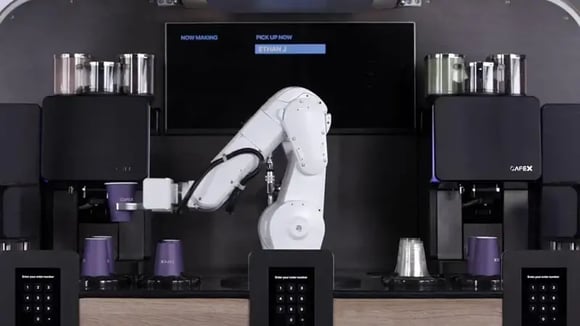
Customers can place their coffee orders via the Cafe X app or the kiosks in-store. Once the order is placed, the robot-barista creates the perfect cup of coffee according to your selections. It also reduces the discrepancies in your daily coffee which is quite a commonly occurring error in coffee shops.
6. Haidilao
Haidilao, a hotpot institution in China has become a part of the automation game with it's first fully automated kitchen in Beijing in partnership with Panasonic. The hi-tech kitchen includes robot chefs and waiters that perform various BOH & FOH functions like preparing the raw meat and vegetables and delivering it to customers.
Haidilao plans to expand this automated system across 5000 locations over time.
How Mcdonald's and other large chains are embracing automation
Since restaurant automation is about increasing efficiency & convenience, it's only natural for the biggest fast-food chain in the world to leap into the system. Mcdonalds is known for its highly efficient operations, and is planning to cover all grounds possible by employing technology to boost it's functionality.
In 2015, Mcdonalds revolutionised food-ordering by introducing digital ordering kiosks to it's US outlets and has since rolled them out worldwide. The digital kiosks have increased efficiency and order convenience levels and have allegedly helped Mcdonalds win back $2m+ worth of lost sales.
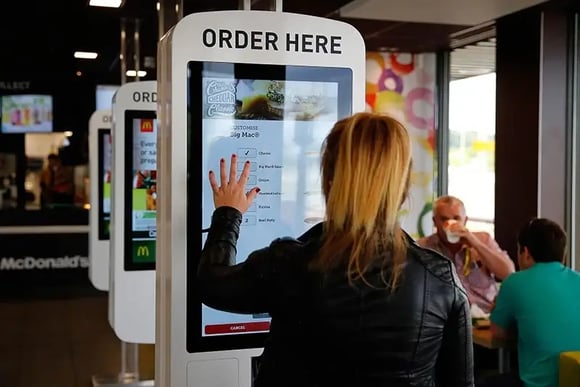
For Mcdonalds, this was just the beginning. According to recent reports, Mcdonalds has acquired the personalisation firm, Dynamic Yield as part of its "digital transformation initiative", the goal of which is to provide excellent customer service to its audience.
Mcdonalds plans to employ these automation tools in various ways, including automated drive-through ordering and robot fryers. The voice-activated drive-throughs and robotic deep-fryers aim to boost production and efficiency and are currently being tested in Chicago. One of their branches in Phoenix even runs entirely by robotics.
Mcdonalds also plans to take advantage of these technological advancements to understand their customers' purchasing behavior better and create tailored drive-throughs and menu items on the basis of customers' order history and preferences, which can help provide a personalised experience to each customer.
A restaurant management software can assist in creating this tailored experience as well, with the help of a database with customer order history, preferences, and other important information. Learn more with the following video about automation.
The automation trend is gaining popularity in the fast-food industry with many mainstream chains employing various technologies for increased efficiency. Panera has followed Mcdonald's footsteps and installed self-ordering kiosks in most of its locations. Wendy's has installed self-cleaning machines and ovens that significantly save labor hours spent on cleaning dishes.
One of the most notable restaurant automation concepts in the fast-food industry is KFC's Original+: a branch in China run entirely by robots. Opened in partnership with Baidu, this is the world's first human-free fast food restaurant, where robots named Du Mi take orders and process payments. The robots are claimed to be efficient, cordial and engaging with the customers.
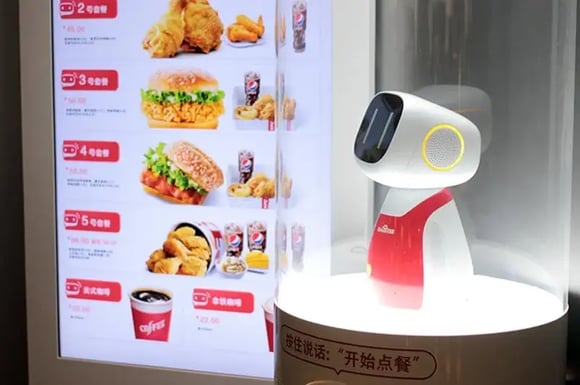
Conclusion
Like any new concept, restaurant automation is quickly gaining momentum in the F&B industry. Some are hailing it as the savior of restaurants with raising labor costs while others see it as a curse, taking away jobs from people and increasing unemployment levels.
Restaurants are increasingly including automation techniques in their business model and the concept of human-less restaurants does not seem so far away anymore. Used with the right strategy, this new tool can help restaurants reach new heights.
Take a look at the most useful technologies for your restaurant and how you can use them to increase your restaurant's efficiency & profitability.














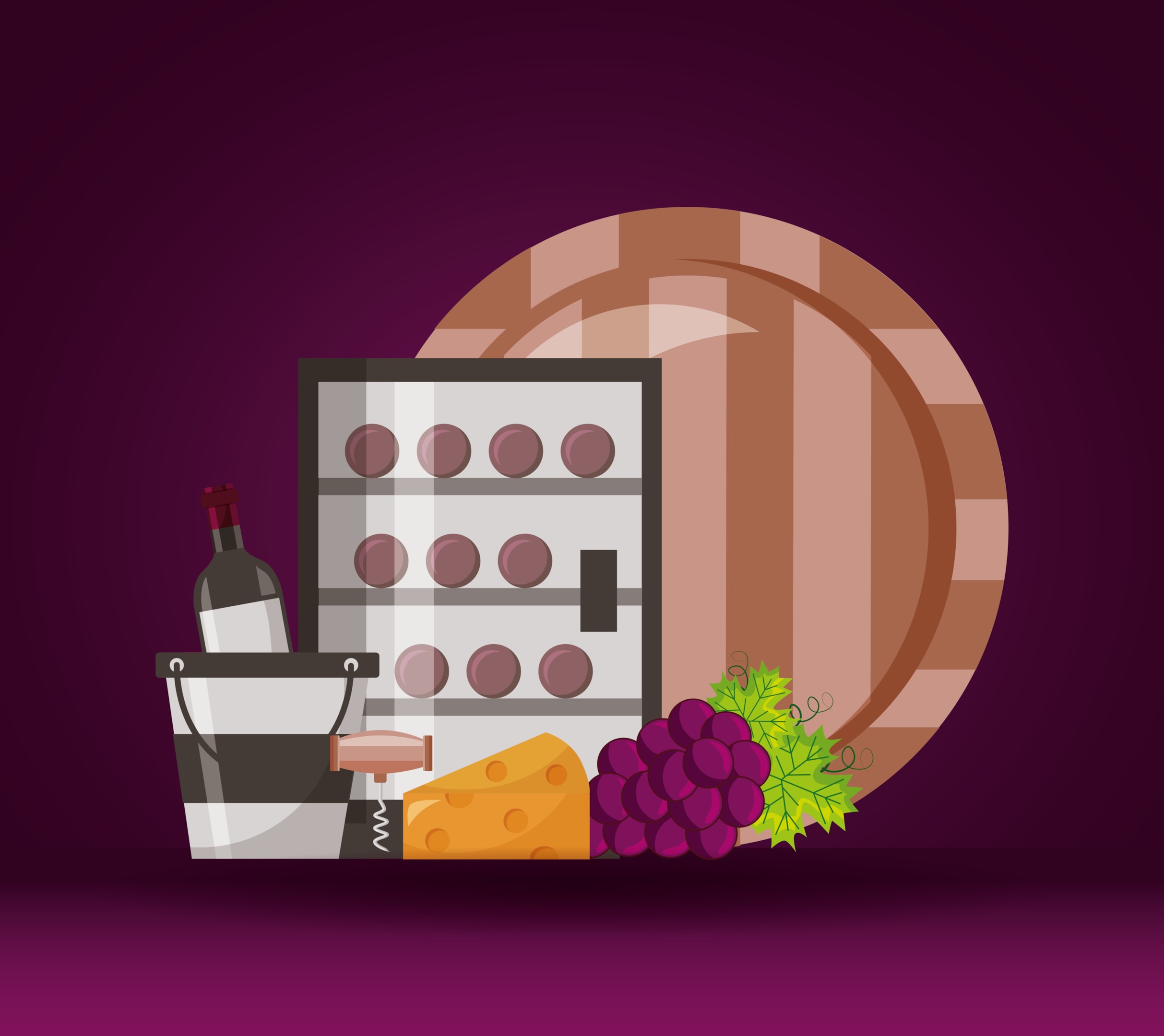
-1.png?width=1812&height=1072&name=TripAdvisor%20%26%20More%20Bookings%20(1)-1.png)
-2.png?width=1812&height=1072&name=Google%20Bookings%20(1)-2.png)


-1.png?width=200&name=TripAdvisor%20%26%20More%20Bookings%20(1)-1.png)
-2.png?width=200&name=Google%20Bookings%20(1)-2.png)
-1.png?width=200&name=Instagram%20Bookings%20(1)-1.png)
-1-png.webp?width=200&name=Facebook%20Integration%20Rectangle%20(1)-1-png.webp)







.webp?width=200&name=download%20(1).webp)
%20(1)-2.webp?width=200&name=Eat%20(34)%20(1)-2.webp)
%20(1)-2.webp?width=200&name=Eat%20(18)%20(1)-2.webp)





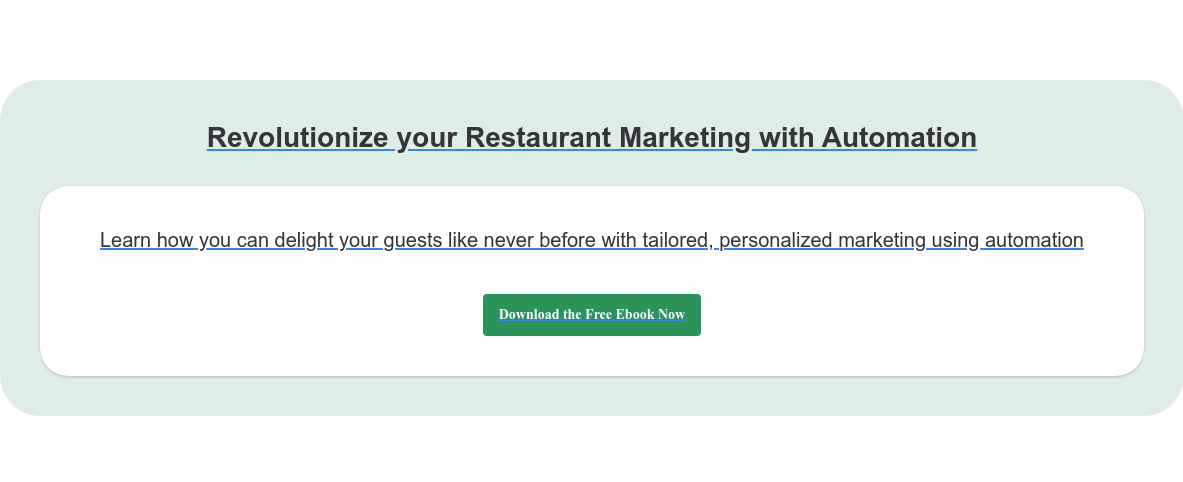
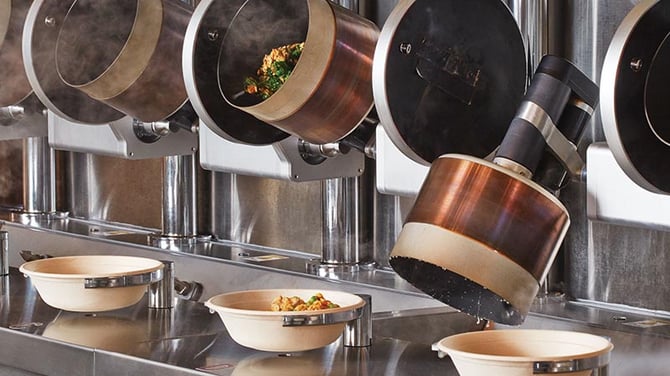


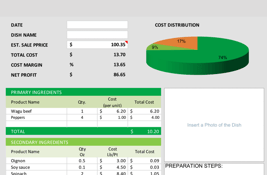
%20(1)-1.webp?width=314&height=175&name=Eat%20(62)%20(1)-1.webp)


.webp?width=144&height=72&name=Eat%20App%20Logo%20(3).webp)